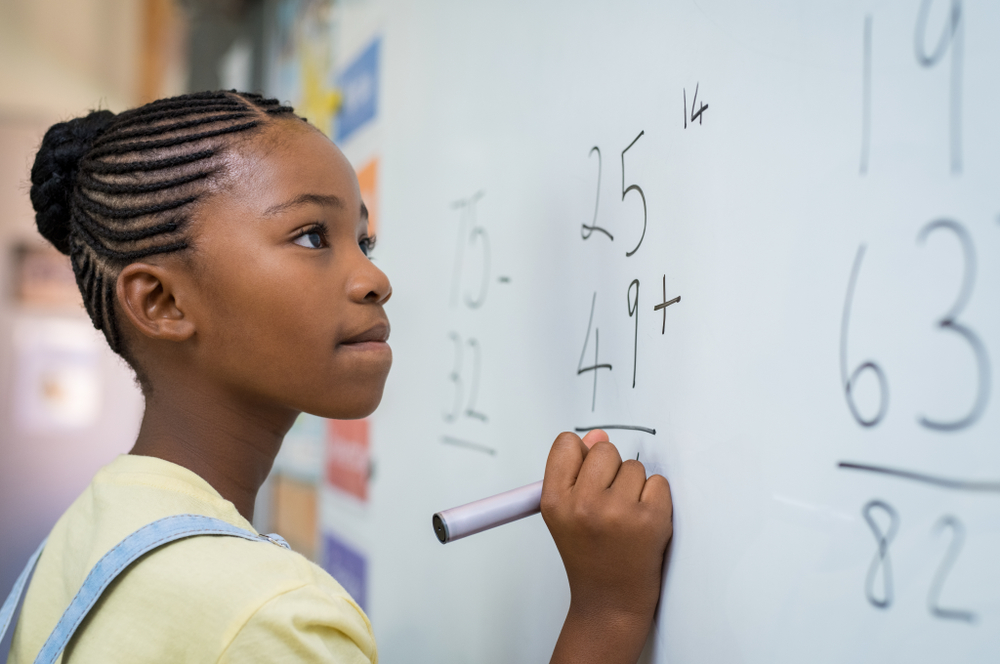Letter-sound association Alphabet Worksheets for Ages 4-8
12 filtered results
-
From - To
Enhance your child's literacy skills with our engaging Letter-Sound Association Alphabet Worksheets designed for ages 4-8! These interactive resources provide fun activities that help young learners connect letters with their corresponding sounds, laying a strong foundation for reading success. Each worksheet incorporates vibrant illustrations and playful exercises, encouraging children to identify letters and practice phonemic awareness through enjoyable activities. Ideal for home or classroom use, our worksheets support various learning styles, ensuring every child grasps this essential skill. Boost your child's confidence and literacy journey today with our innovative and effective letter-sound association worksheets – a perfect way to foster a love for reading!
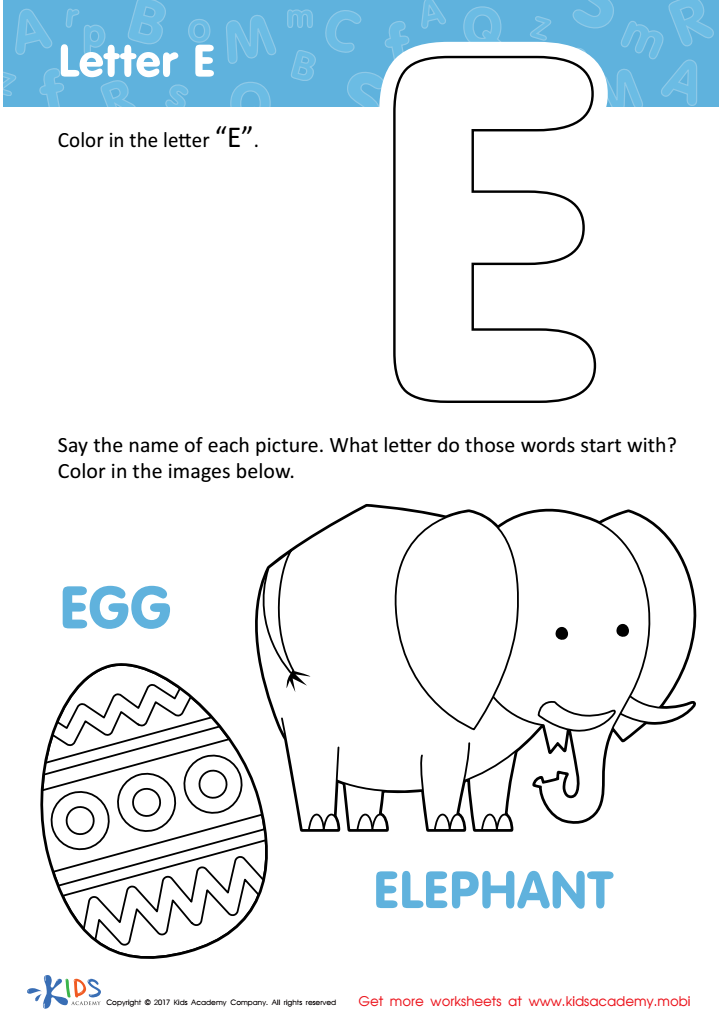

Letter E Coloring Sheet


Letters J and K Tracing Worksheet
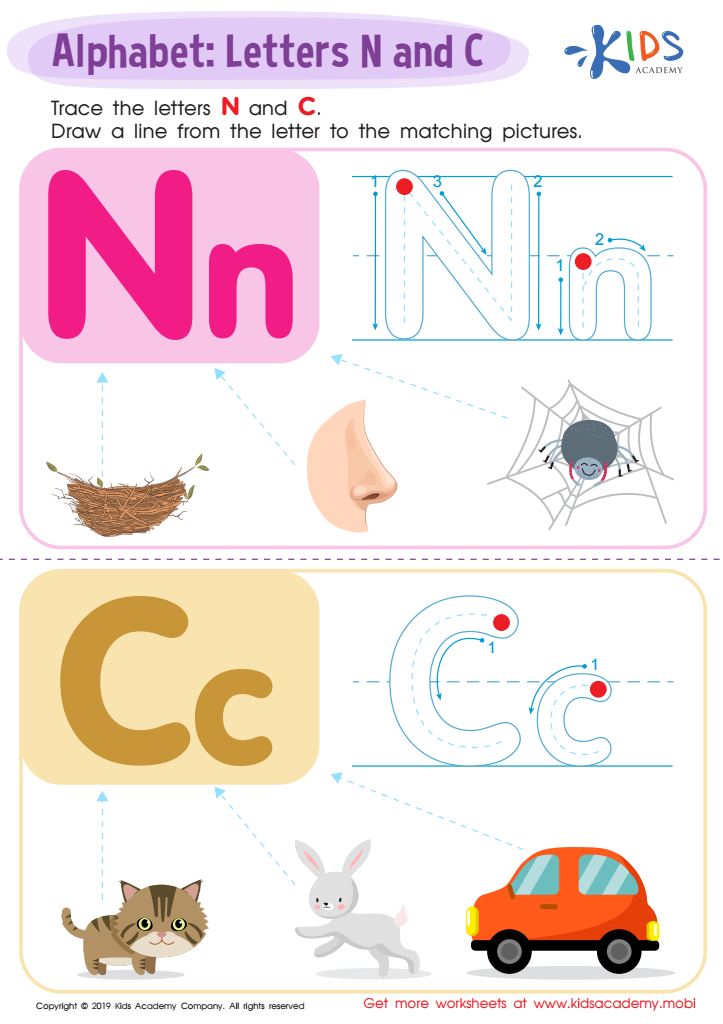

Letter N and C Tracing Worksheet
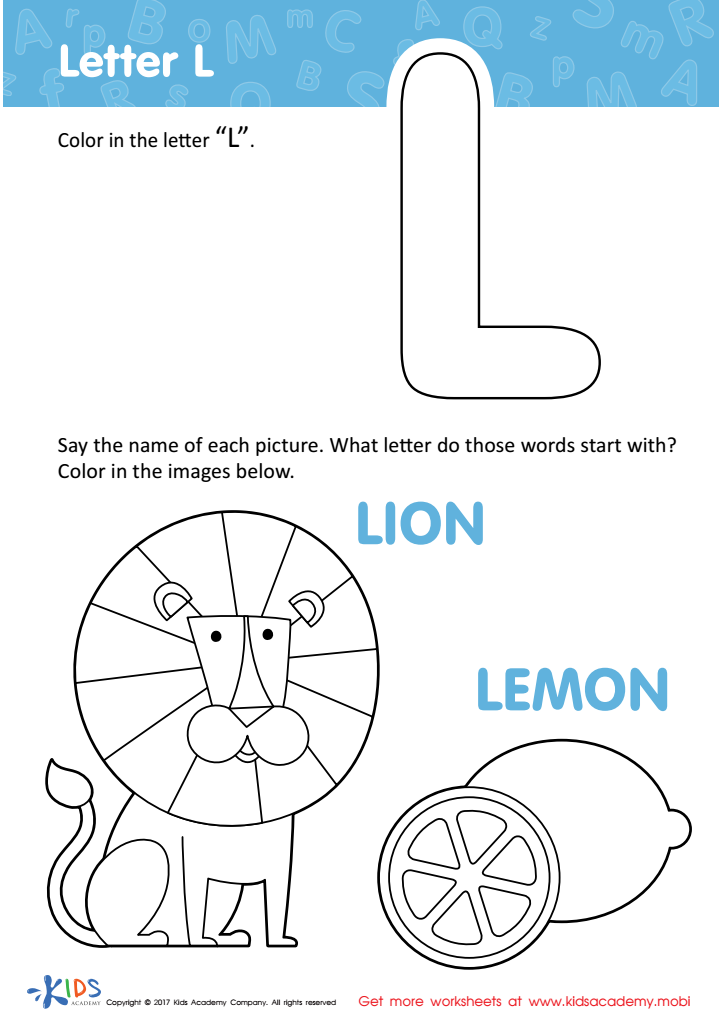

Letter L Coloring Sheet
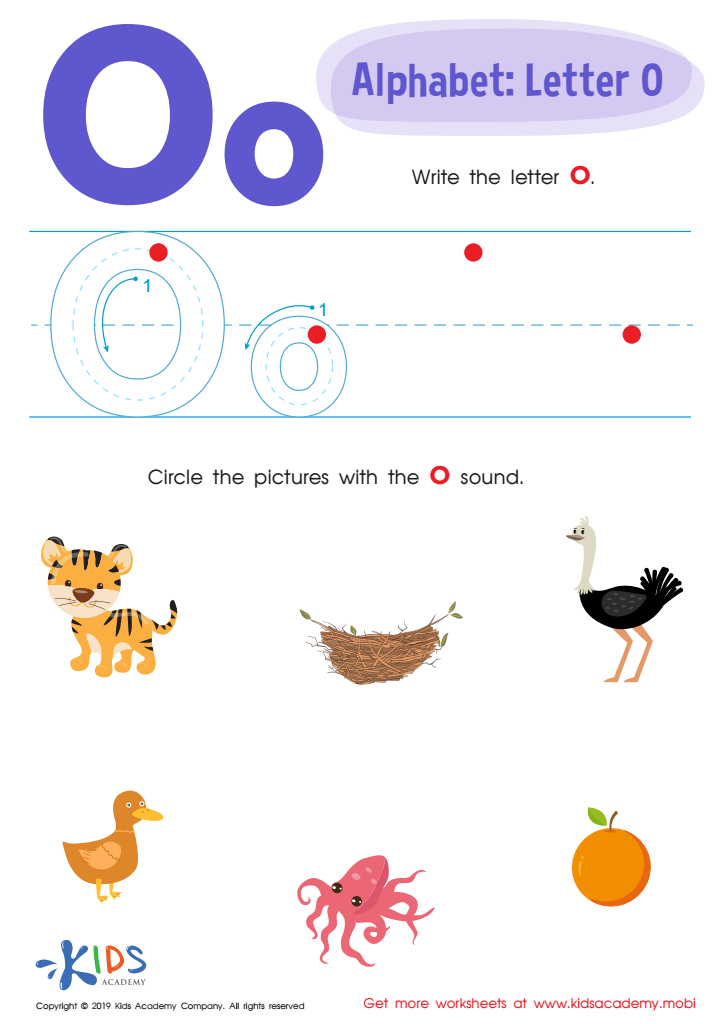

Letter O Tracing Worksheet
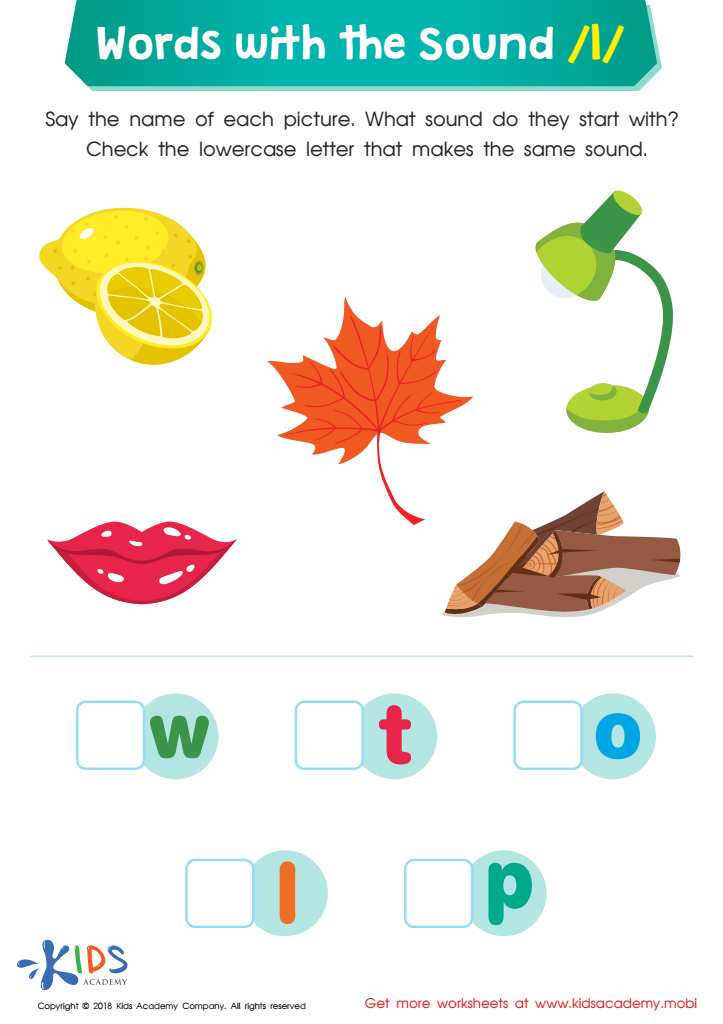

Words with Sound L Reading Worksheet
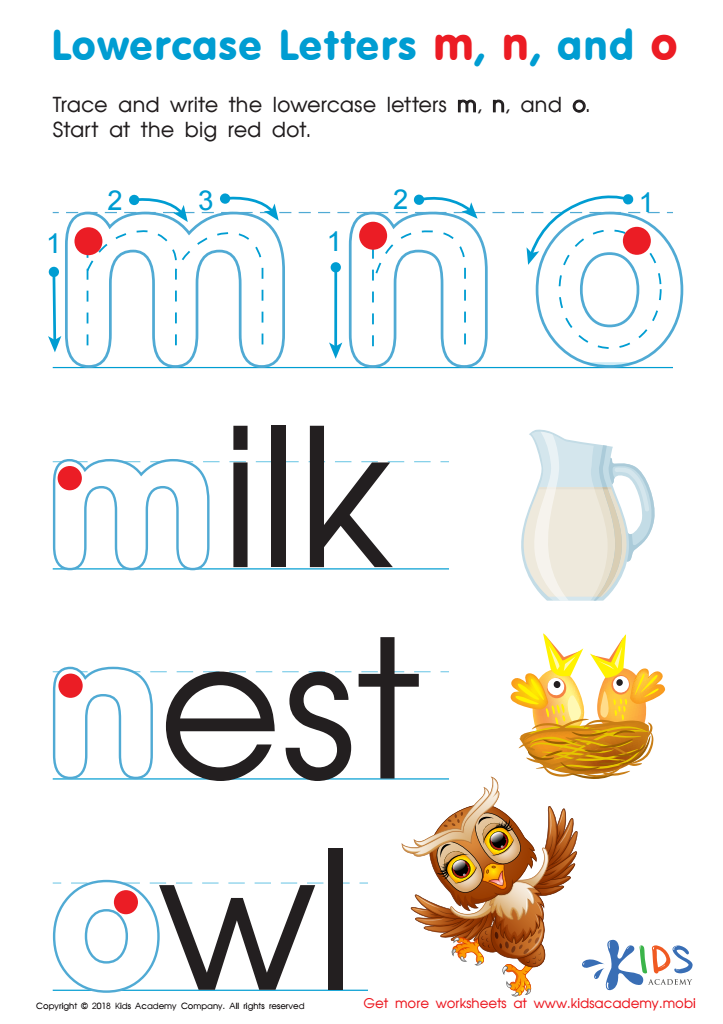

Lowercase Letters m n o Worksheet
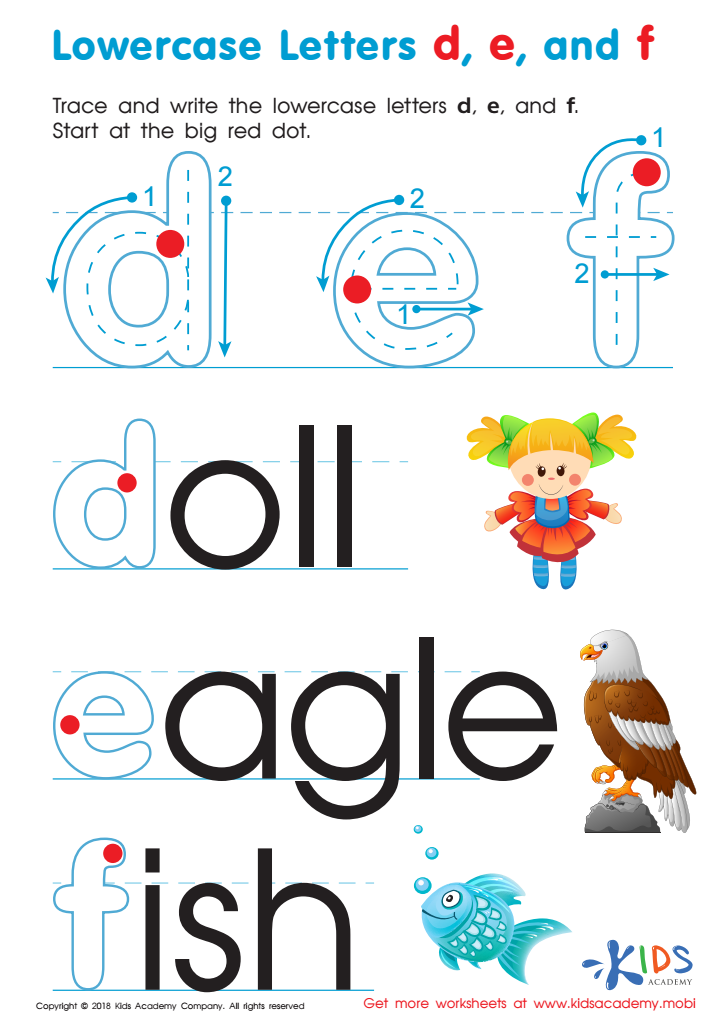

Lowercase Letters d e f Worksheet
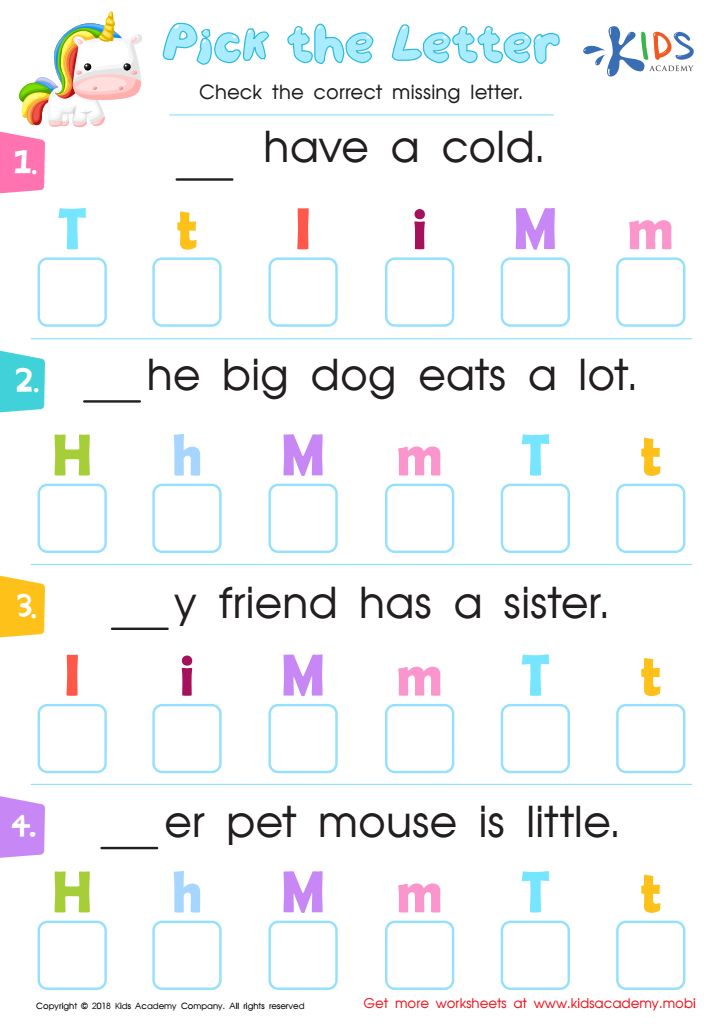

Pick the Letter Worksheet
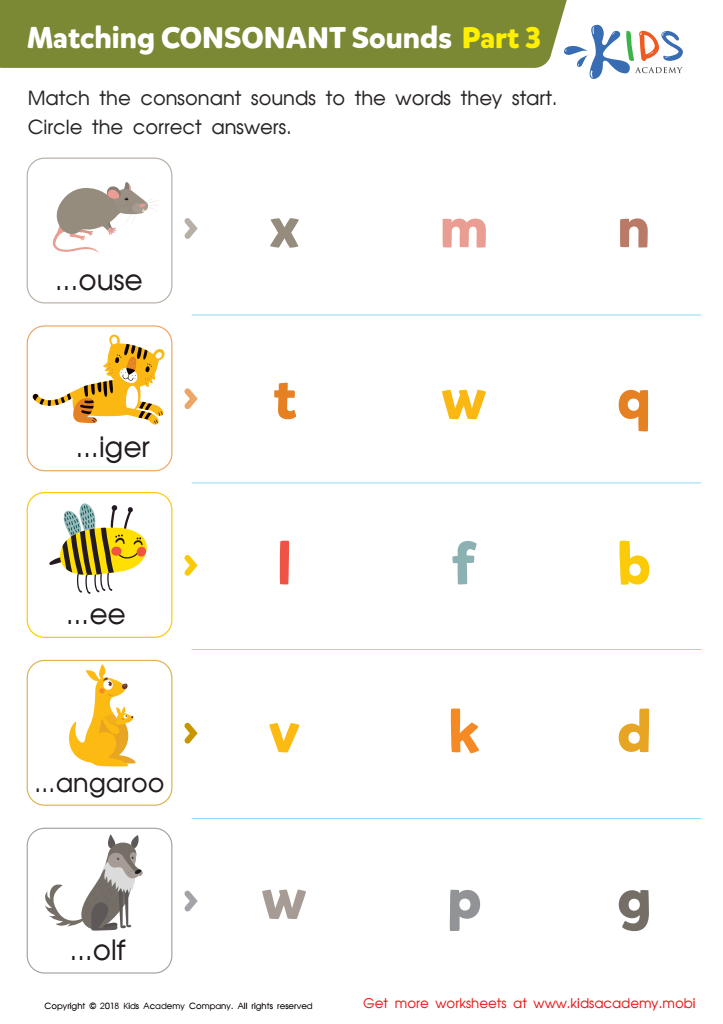

Matching Consonant Sounds: Part 3 Worksheet
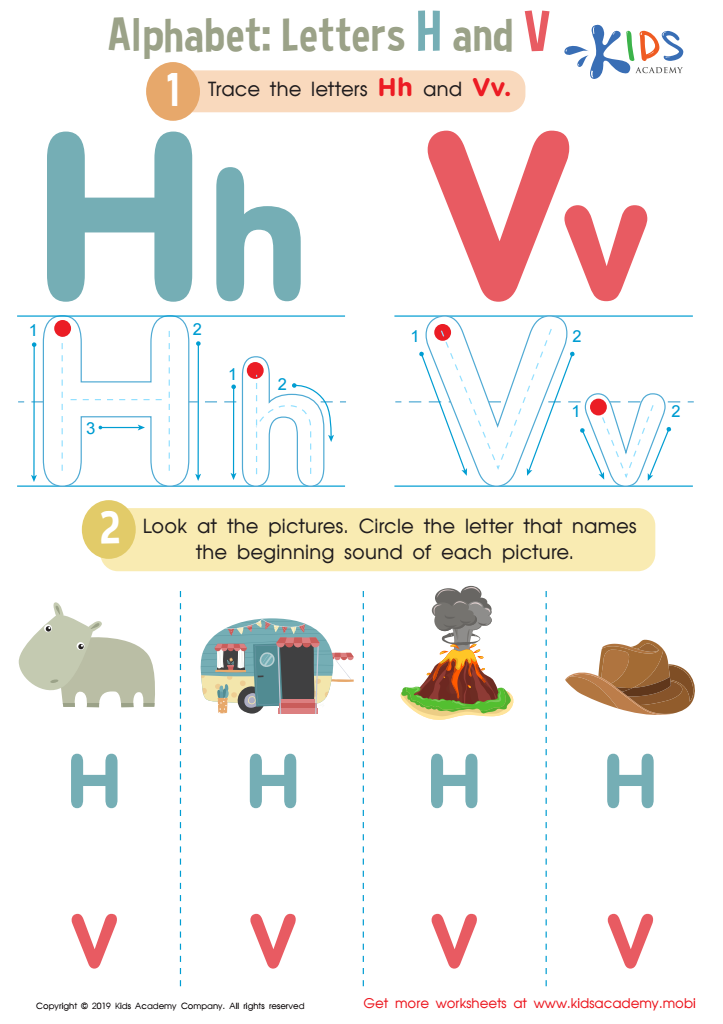

Letters H and V Tracing Worksheet
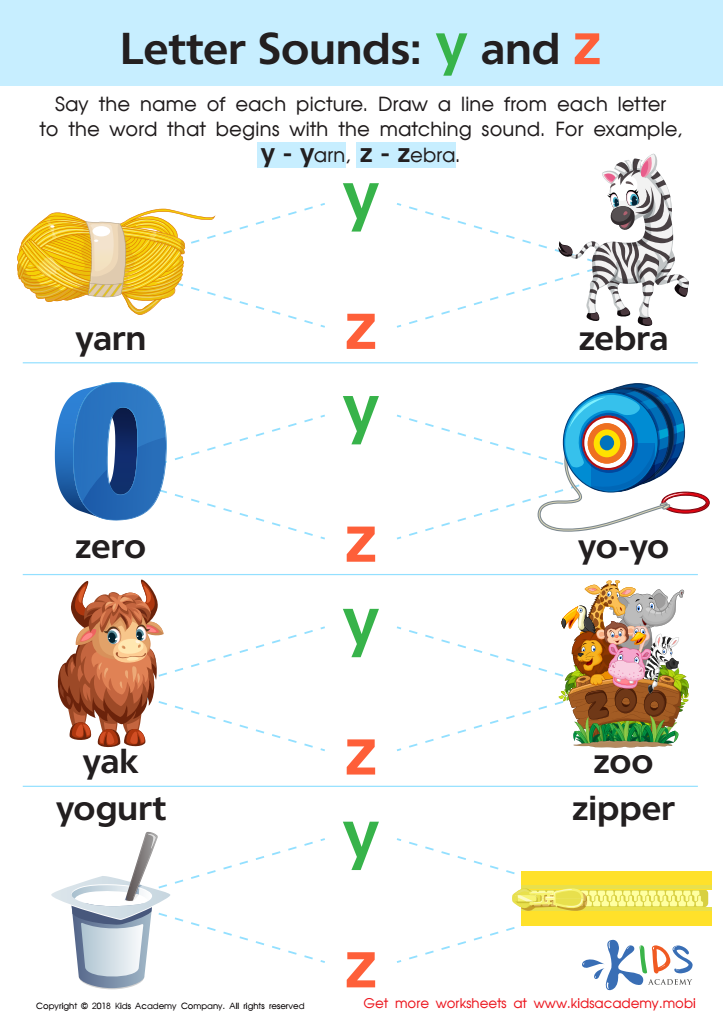

Letter Y and Z Sounds Worksheet
Letter-sound association, commonly referred to as phonemic awareness, is a crucial cornerstone of early literacy development for children aged 4-8. Understanding this relationship between letters and their corresponding sounds enables children to decode words, which is fundamental for reading proficiency.
For parents and teachers, fostering letter-sound association plays a significant role in promoting a child's confidence and competence in literacy. Children who grasp this association can more easily tackle unfamiliar words, which facilitates independent reading and enhances overall academic performance. Moreover, children who develop strong phonemic awareness skills are better prepared for learning spelling and vocabulary, paving the way for successful communication skills.
Additionally, early intervention in teaching letter-sound relationships can greatly diminish future challenges in reading. A strong foundation in literacy not only boosts educational achievement but also nurtures a lifelong love of reading.
Lastly, engagement in letter-sound activities can be fun and interactive, fostering a positive learning environment at home or in the classroom. Whether through songs, games, or storytelling, parents and teachers who prioritize this essential skill contribute greatly to a child’s overall engagement with literacy, ultimately setting them up for future success.
 Assign to My Students
Assign to My Students






